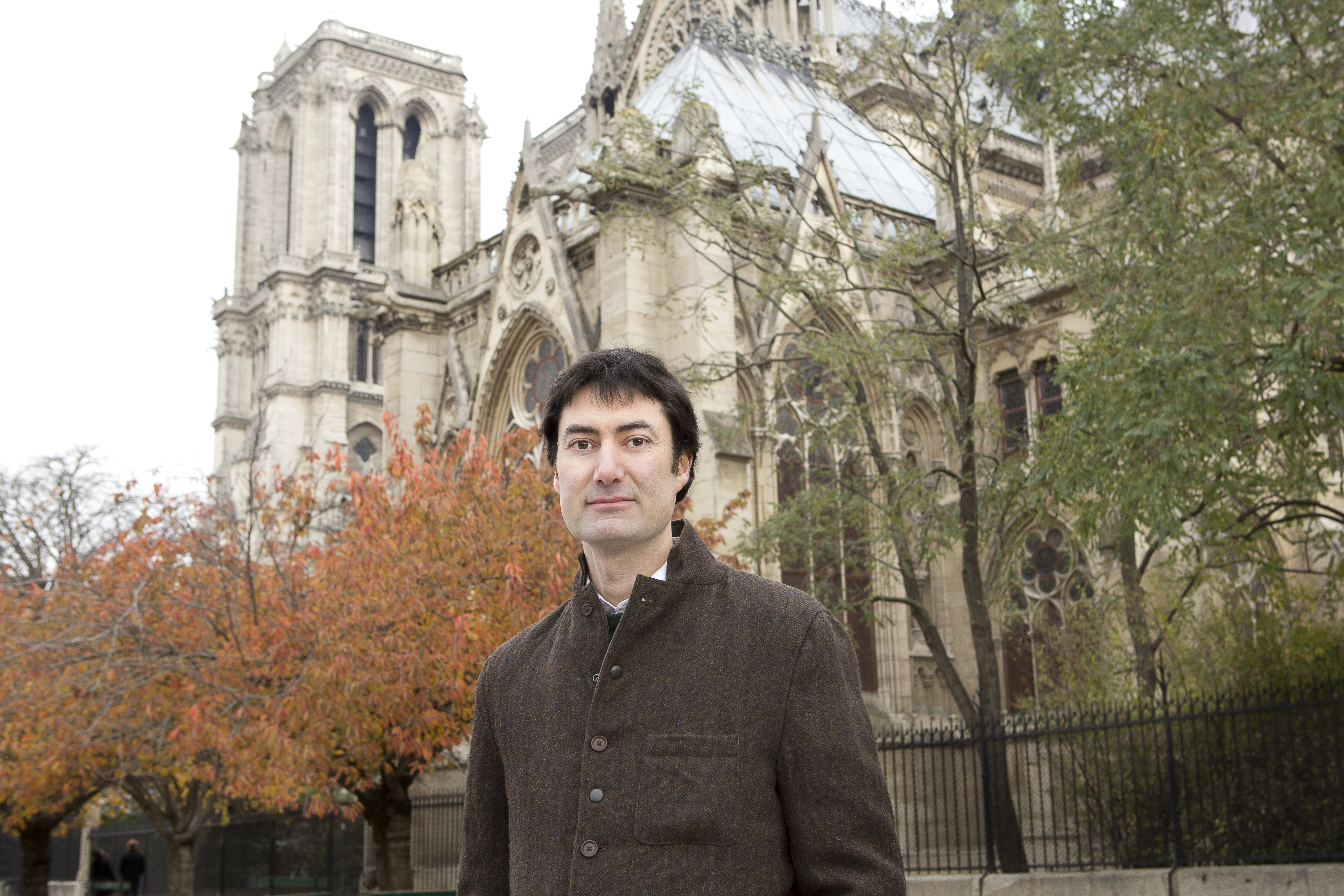
Notre Dame’s Charred Glory and the Challenge of Globalized Modernity
Ten years ago, I worked in the Cathedral of Notre Dame in a job that consisted of ensuring the two groups that came to the massive church every day—the worshipers and the tourists in the tens of thousands—got along with each other. Notre Dame de Paris is as much a Tower of Babel as a Christian bastion, performing a dual role as a church and a monument accessible to the world.
One summer afternoon, I took a break from my task as a crowd monitor in the sanctuary and managed to ascend to the upper framework of the building. It was one of the most extraordinary sights I’ve ever seen—a tangle of beams that has been dubbed “the forest” because it required cutting down a thousand oaks to build it. The ascent into the heart of this structure was like finding oneself in the hold of an immense galleon. To be there was also to come into dialogue with those whose hands created it in the 13th century, working with the knowledge that they themselves would never see the result of this phenomenally long-range construction project. To ascend into the forest was to feel roots under your feet.
A small door gave onto the roof. The lead tiles gave off a blinding light and radiated intense heat. The panorama over the Ile de la Cité took my breath away. At a height of two hundred feet, one was no longer in a ship’s hold, but rather among its masts. Notre Dame de Paris is a vessel that navigates along the River Seine between a glorious past and the challenge of a globalized modernity.
Using these experiences, I’ve written two novels set in the cathedral. The main protagonist, Father Kern, develops the idea that guides his actions: the primary divide among people doesn’t derive from religion, skin color or social standing; the true divide is between doves and hawks; the willingness to extend one’s hand rather than give into the temptation to withdraw into oneself.
On April 15, the forest burned. The roof melted and the great spire that dominated the cathedral collapsed, piercing the edifice’s very heart. The upper level, where it was possible to see things in perspective, is no more. That night, the people of Paris gathered to watch their cathedral ablaze. Believers and non-believers, each suddenly feeling less anchored in the earth. In the ensuing hours, an amazing mobilization occurred. The French government called for a restoration within five years. An architectural competition was announced. And nearly a billion euros were collected from businesses and private individuals to reconstruct the ravaged Notre Dame.
Then the first controversies broke out—very French battles: Should the reconstruction be identical to the old? And all this money donated by billionaires, why couldn’t they have given it instead to those who live on the streets? Notre Dame de Paris is, in both its sublime history and its tragic fire, the symbol of nation consumed in its opposition to the past and the future, the right and the left, rich and poor. A country no longer in harmony nor even capable of self-understanding.
At times the same thing can happen with monuments as with individuals: it’s in the moment that we fear losing them that one realizes how much we value them. Confronted by the cathedral’s fragility, even though its wall are still standing, we remember the imperative to watch over our heritage, material and spiritual. France is a living democracy in a Europe that has ensured us decades of peace and, no matter what one says today, a certain degree of prosperity. Perhaps we have come to take it for granted, to consider it a given, just as we have at times passed by Notre-Dame without even seeing it.
Forgive me for seeking to find meaning in this conflagration, but it’s the inveterate habit of a writer to see metaphors everywhere. To see the big picture, as you say in English, and God knows that our British friends are taking the measure of the violent fire now ravaging their own country. Certain ideas and values have united us as a people. They don’t have the solidity of stone but they have passed the test of time. The artisans who built them piece by piece made sure everyone could take refuge in them and feel reassured. Certainly, it’s necessary to undertake renovation, keep European democracy up to date, avoid its mummification, and prevent it from being distorted by a few with great power.
That terrible night, around 9 p.m., the fire began to move toward the north tower. The heroic firefighters managed to contain it. If the north tower had collapsed, the entire cathedral would have fallen, and all would have been lost.
So in the face of the ravaged monument that thankfully endures, let’s take care not to feed the fire by giving free rein to pyromaniacs who benefit from populism and set citizens against one another by stoking the rage that currently prevails within the country. And because the Notre Dame fire and its aftermath have touched people everywhere, it’s clear that this need for vigilance also applies around the world.
Alexis Ragougneau is the author of The Madonna of Notre Dame